1969 Lamborghini Miura P400S Coupé Coachwork by Carrozzeria Bertone Registration no. FWB 932H Chassis no. 4256 Engine no. 30421• One of only 140 'S' models built • Matching numbers • Converted from left- to right-hand drive early in its life • Present ownership since 1995 • Used sparingly since acquisition • Potentially most rewarding restoration project Footnotes"But step back for a minute and work out what makes the Miura so special. In 1966 there was nothing like it. Only racing cars and the obscure little French Bonnet/Matra Djet had mid-mounted engines. Ferrari's road-going mainstay was the traditional front-engined 275 GTB. So when tractor magnate Ferruccio Lamborghini stole the attention of the Geneva Salon crowd with the Miura, people were shocked as much by its audacious mechanical layout as they were by its era-defining and stunningly gorgeous styling." – Classic Cars, July 2004. Ferruccio Lamborghini's bold challenge to Ferrari had begun in 1964 with the 350GT but it was the arrival of the Miura - arguably the founder of the supercar class - that established Lamborghini as a major manufacturer of luxury sporting cars. Prior to the model's official debut at the 1966 Geneva Salon, Lamborghini cars were respected for their impressive mechanical specifications but they somehow lacked a distinctive persona. All this changed with the arrival of the Miura, named after Don Eduardo Miura, a famous breeder of fighting bulls. The Miura project first surfaced as a rolling chassis displayed at the 1965 Turin Motor Show but was not expected to become a production reality. Nevertheless, by the time of the Geneva Salon the following year, the first completed car was ready for unveiling to an awe-struck press and public. Writing in his book, Lamborghini (1985), Jean-Marc Sorel had this to say about the Miura's significance: "Thanks to the Miura, Lamborghini made a breakthrough unsurpassed in automotive annals, even reaching the point of worrying Ferrari and Maserati on their own territory, its two powerful neighbours..." The car's technical specification was breathtaking in its sophistication and complexity. Designed by Gianpaolo Dallara, the Miura carried its transversely mounted engine amidships in a box-section platform chassis, the latter clothed in stunning coupé coachwork styled by Bertone's Marcello Gandini Like the contemporary 400GT, the Miura used the 4.0-litre version of Lamborghini's Giotto Bizzarrini-designed four-cam V12. With 350bhp available, the Miura was capable of shattering performance, a top speed of 180mph (290km/h) being claimed. Production examples were independently tested at more than 170mph, confirming that the Miura was the world's fastest production car. Perhaps surprisingly, Lamborghini's assessment of demand for its new baby would prove to be way out: instead of the 20 sales expected for the first year of production (1967), they ended up delivering 108 cars. Early in 1968, after the 125th car had been completed, the steel used in the chassis was increased from 0.9 to 1mm in thickness, while from April that year customers could specify a leather interior. They also had a wide choice of eyeball-popping exterior colours that would be unthinkable on a Ferrari, Maserati or – heaven forbid – an Aston Martin. It all helped to cement the Miura's reputation as the brash new kid on the block. Initial development had concentrated on chassis strengthening, these improvements being consolidated in the more powerful Miura 'S', for spinto (tuned), introduced at the Turin Motor Show in 1968. Produced from January 1969, the Miura P400S featured a more-powerful (370bhp) engine and was outwardly distinguishable from the preceding model by its wider tyres. Other improvements included a quieter transmission, electric windows, better quality interior fittings, leather trim and a re-routed exhaust system that left room for a larger luggage compartment. Later, Series II examples benefited from ventilated brake discs that mar
1969 Lamborghini Miura P400S Coupé Coachwork by Carrozzeria Bertone Registration no. FWB 932H Chassis no. 4256 Engine no. 30421• One of only 140 'S' models built • Matching numbers • Converted from left- to right-hand drive early in its life • Present ownership since 1995 • Used sparingly since acquisition • Potentially most rewarding restoration project Footnotes"But step back for a minute and work out what makes the Miura so special. In 1966 there was nothing like it. Only racing cars and the obscure little French Bonnet/Matra Djet had mid-mounted engines. Ferrari's road-going mainstay was the traditional front-engined 275 GTB. So when tractor magnate Ferruccio Lamborghini stole the attention of the Geneva Salon crowd with the Miura, people were shocked as much by its audacious mechanical layout as they were by its era-defining and stunningly gorgeous styling." – Classic Cars, July 2004. Ferruccio Lamborghini's bold challenge to Ferrari had begun in 1964 with the 350GT but it was the arrival of the Miura - arguably the founder of the supercar class - that established Lamborghini as a major manufacturer of luxury sporting cars. Prior to the model's official debut at the 1966 Geneva Salon, Lamborghini cars were respected for their impressive mechanical specifications but they somehow lacked a distinctive persona. All this changed with the arrival of the Miura, named after Don Eduardo Miura, a famous breeder of fighting bulls. The Miura project first surfaced as a rolling chassis displayed at the 1965 Turin Motor Show but was not expected to become a production reality. Nevertheless, by the time of the Geneva Salon the following year, the first completed car was ready for unveiling to an awe-struck press and public. Writing in his book, Lamborghini (1985), Jean-Marc Sorel had this to say about the Miura's significance: "Thanks to the Miura, Lamborghini made a breakthrough unsurpassed in automotive annals, even reaching the point of worrying Ferrari and Maserati on their own territory, its two powerful neighbours..." The car's technical specification was breathtaking in its sophistication and complexity. Designed by Gianpaolo Dallara, the Miura carried its transversely mounted engine amidships in a box-section platform chassis, the latter clothed in stunning coupé coachwork styled by Bertone's Marcello Gandini Like the contemporary 400GT, the Miura used the 4.0-litre version of Lamborghini's Giotto Bizzarrini-designed four-cam V12. With 350bhp available, the Miura was capable of shattering performance, a top speed of 180mph (290km/h) being claimed. Production examples were independently tested at more than 170mph, confirming that the Miura was the world's fastest production car. Perhaps surprisingly, Lamborghini's assessment of demand for its new baby would prove to be way out: instead of the 20 sales expected for the first year of production (1967), they ended up delivering 108 cars. Early in 1968, after the 125th car had been completed, the steel used in the chassis was increased from 0.9 to 1mm in thickness, while from April that year customers could specify a leather interior. They also had a wide choice of eyeball-popping exterior colours that would be unthinkable on a Ferrari, Maserati or – heaven forbid – an Aston Martin. It all helped to cement the Miura's reputation as the brash new kid on the block. Initial development had concentrated on chassis strengthening, these improvements being consolidated in the more powerful Miura 'S', for spinto (tuned), introduced at the Turin Motor Show in 1968. Produced from January 1969, the Miura P400S featured a more-powerful (370bhp) engine and was outwardly distinguishable from the preceding model by its wider tyres. Other improvements included a quieter transmission, electric windows, better quality interior fittings, leather trim and a re-routed exhaust system that left room for a larger luggage compartment. Later, Series II examples benefited from ventilated brake discs that mar

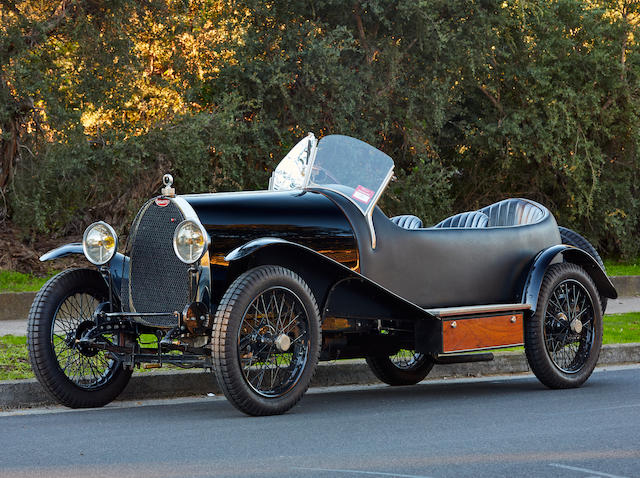
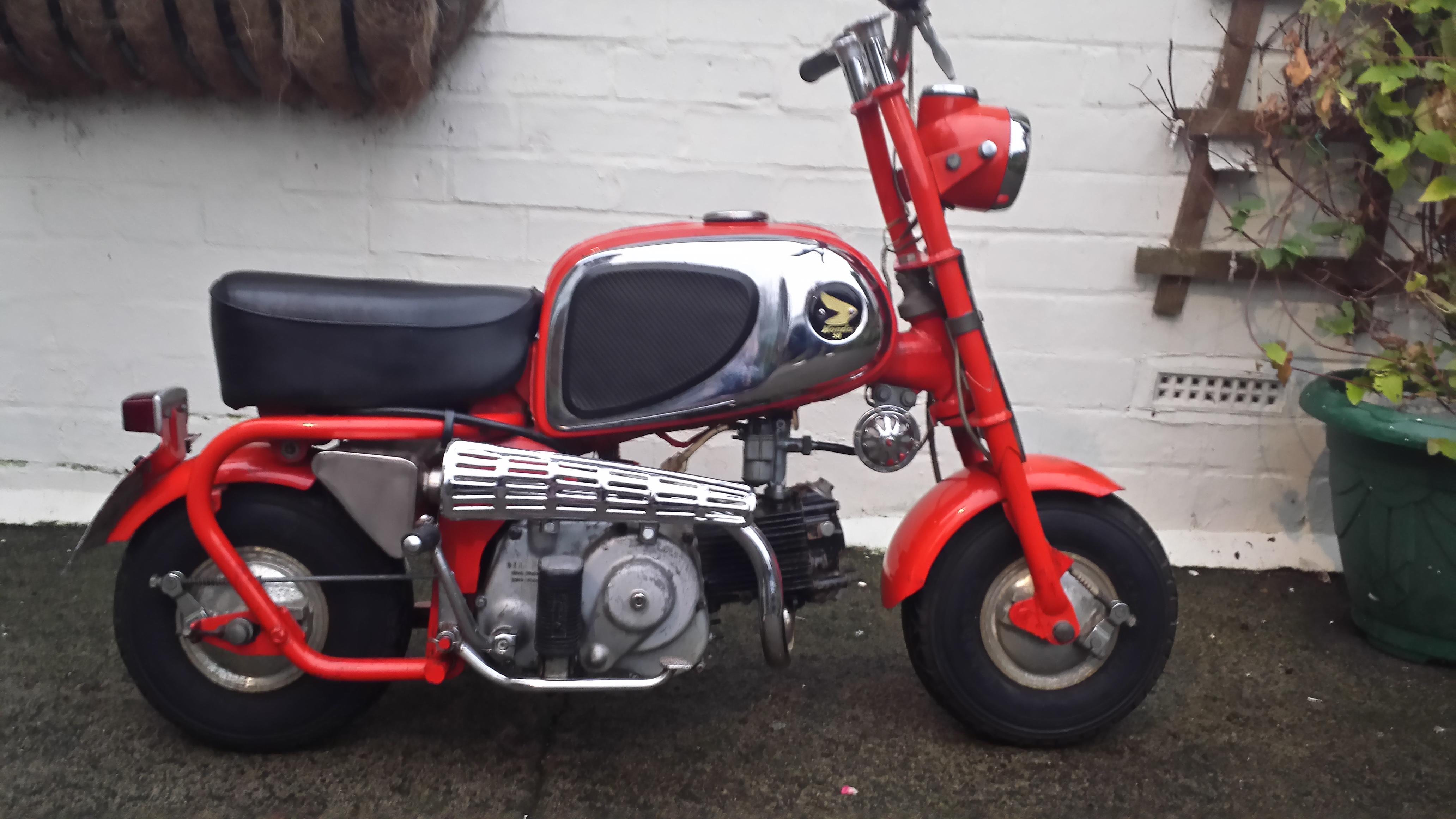


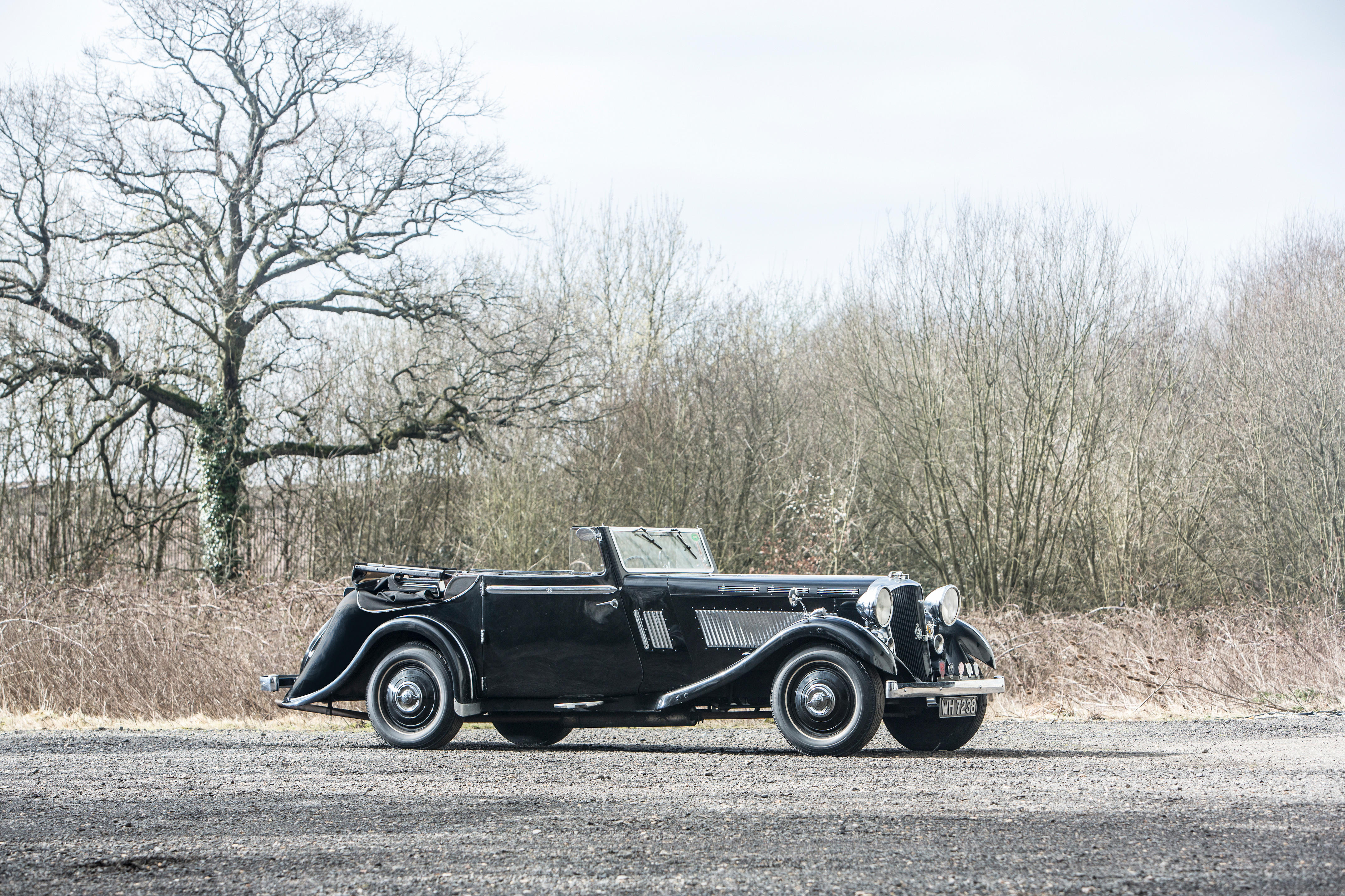
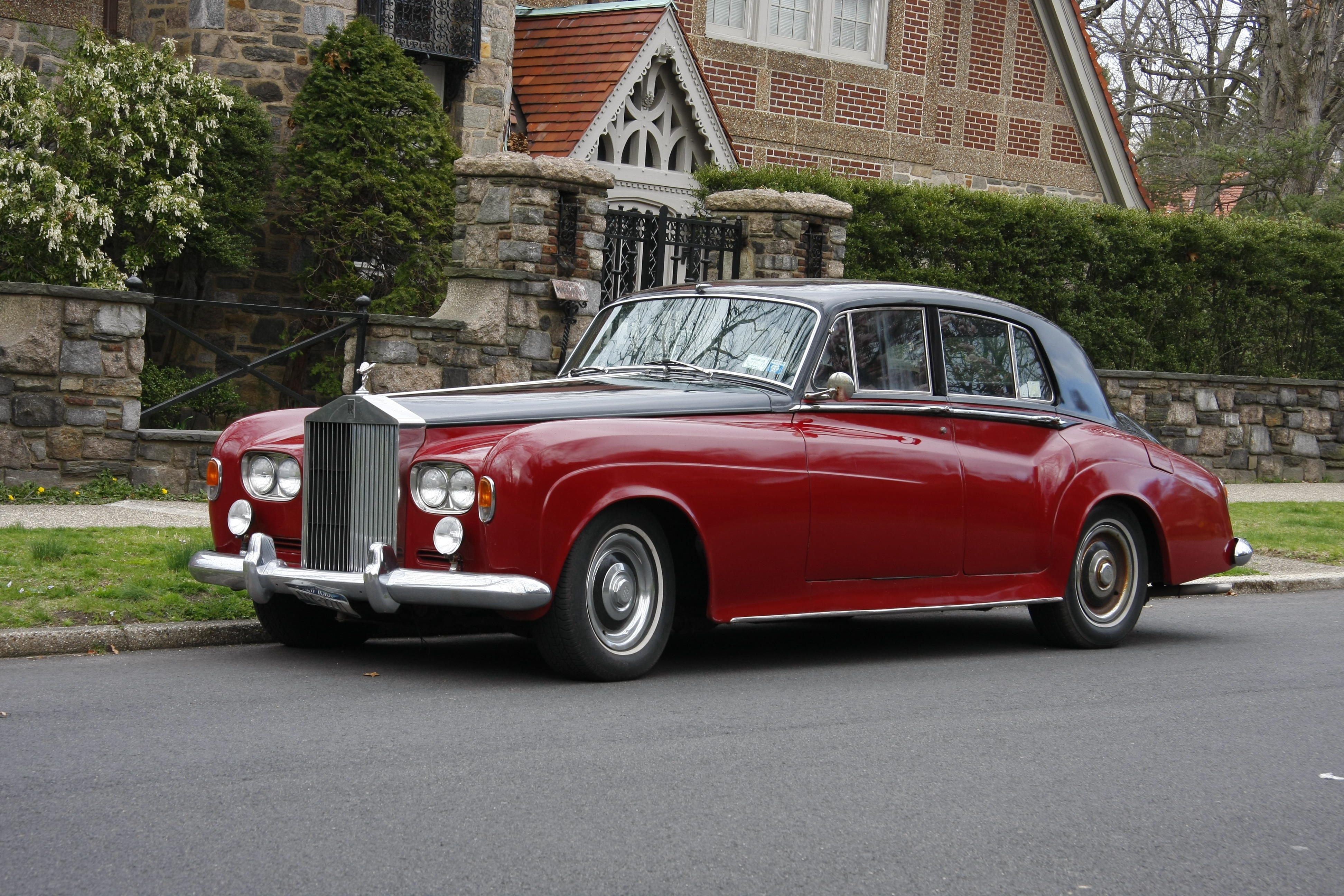
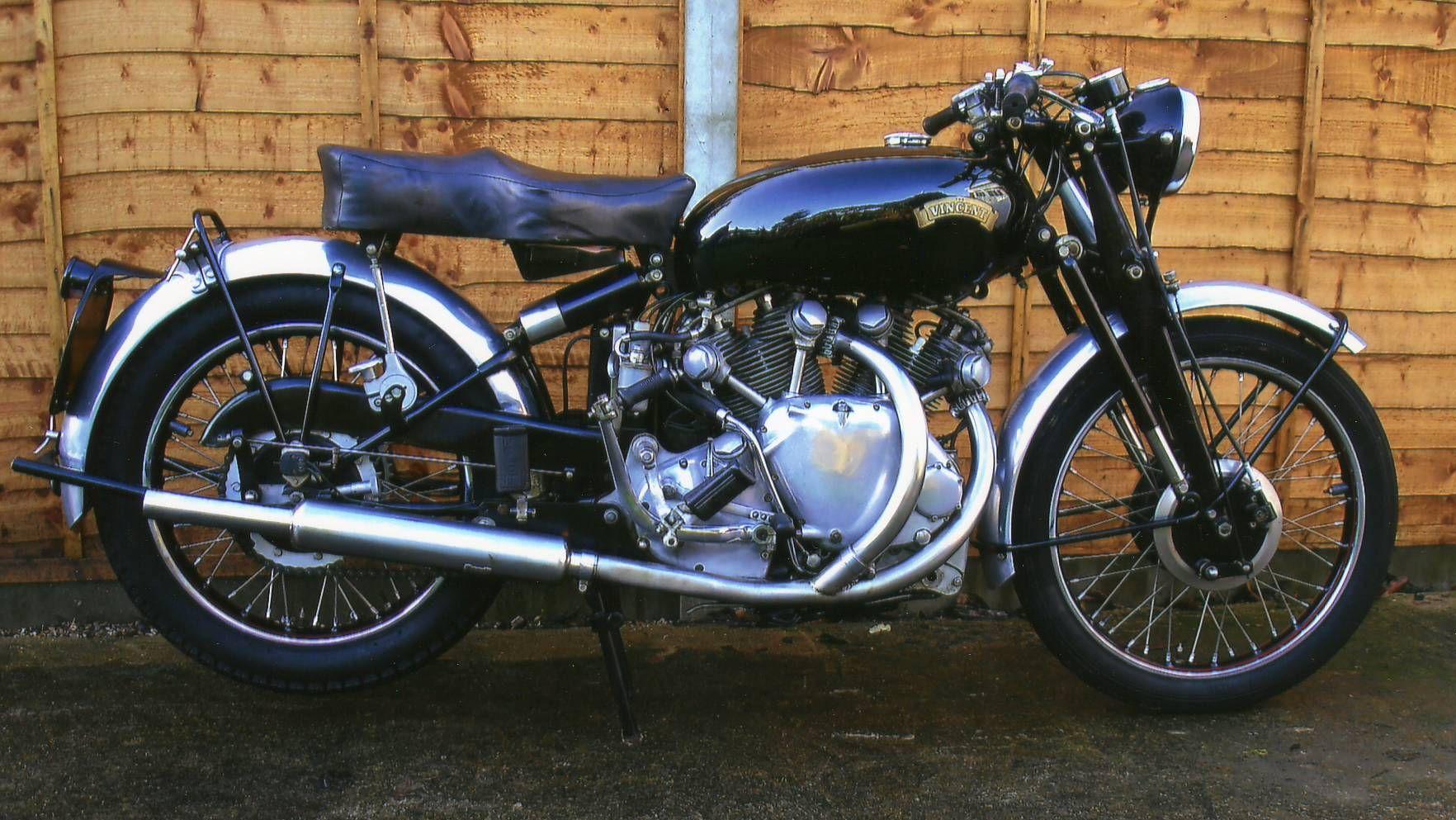
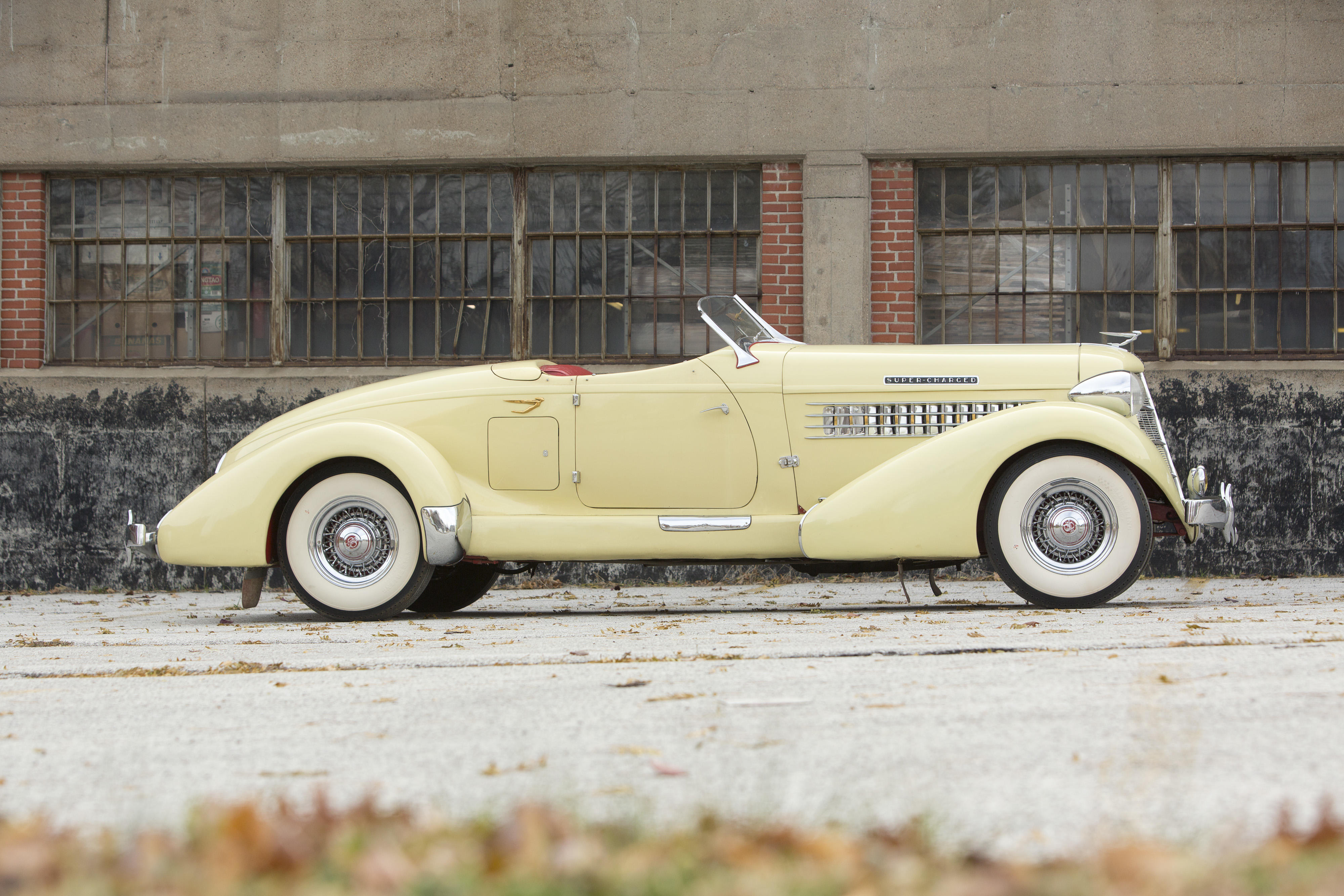
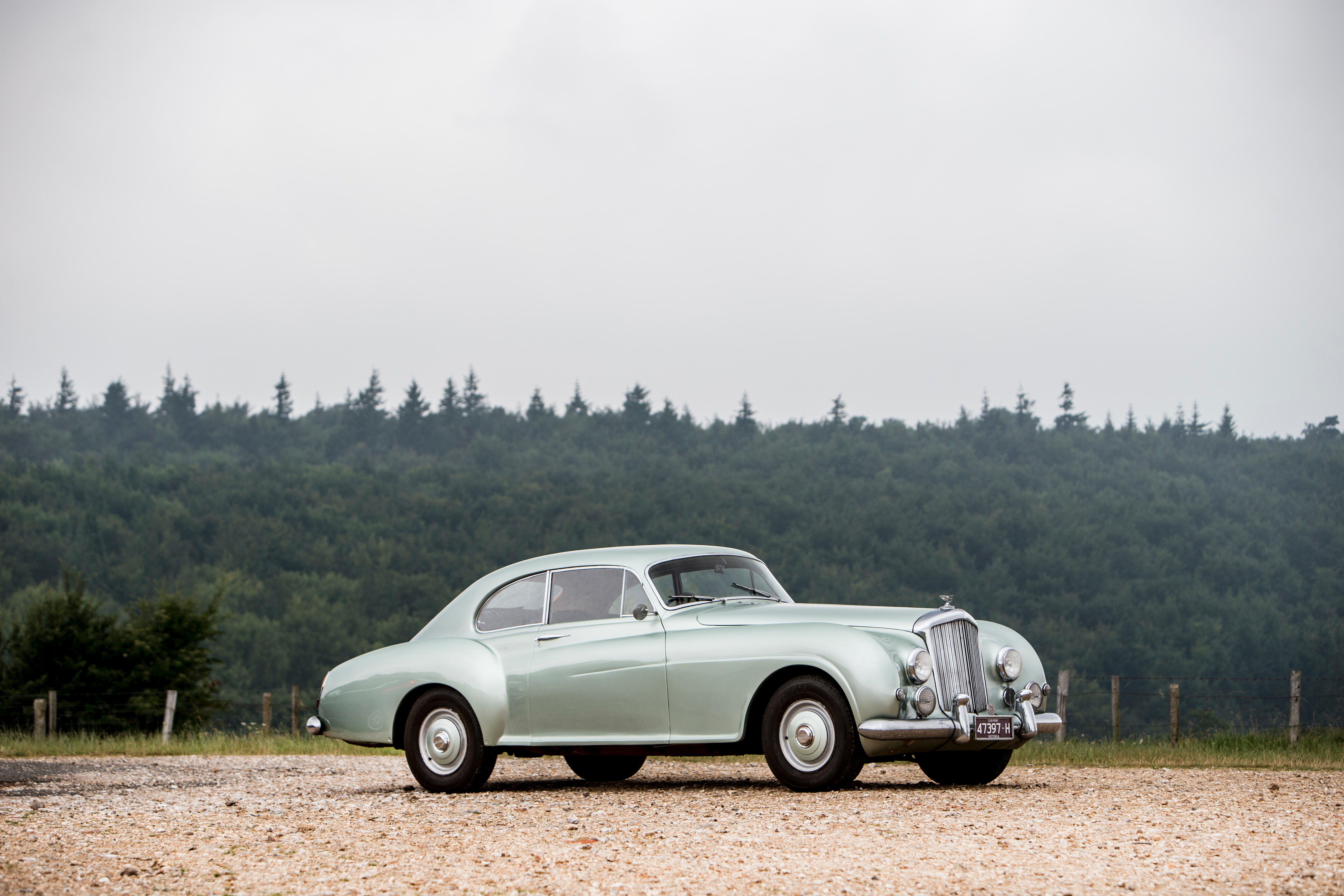

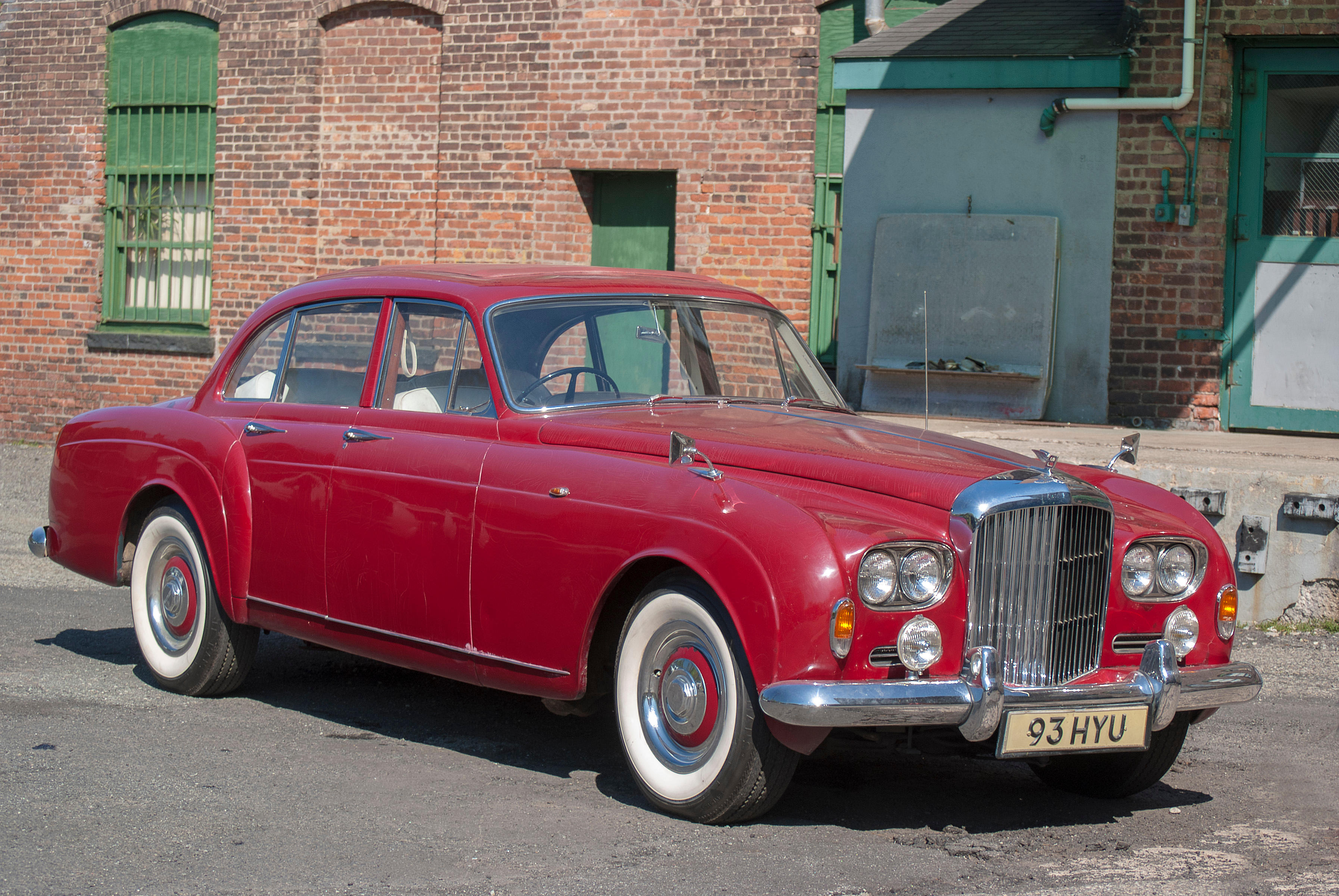
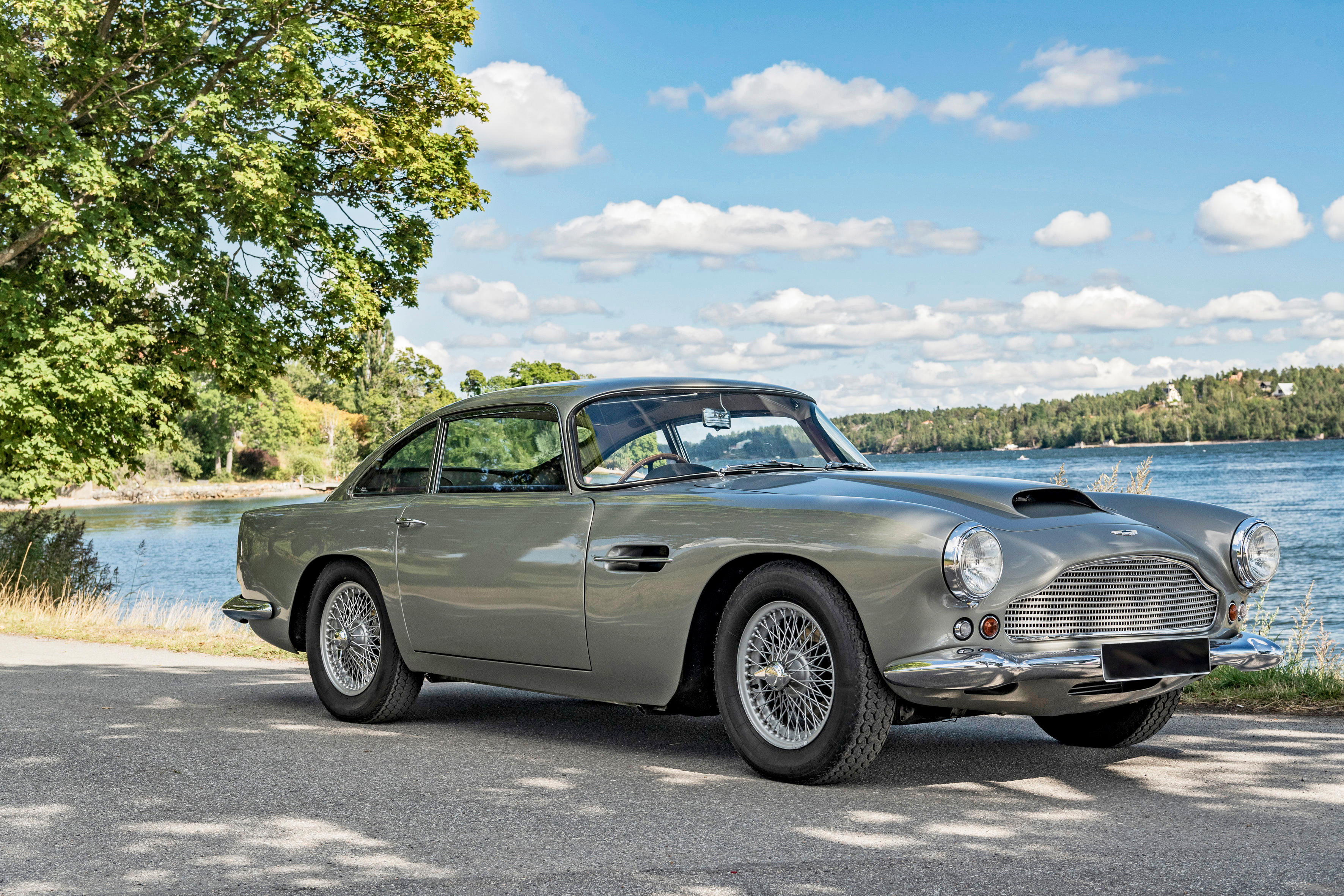
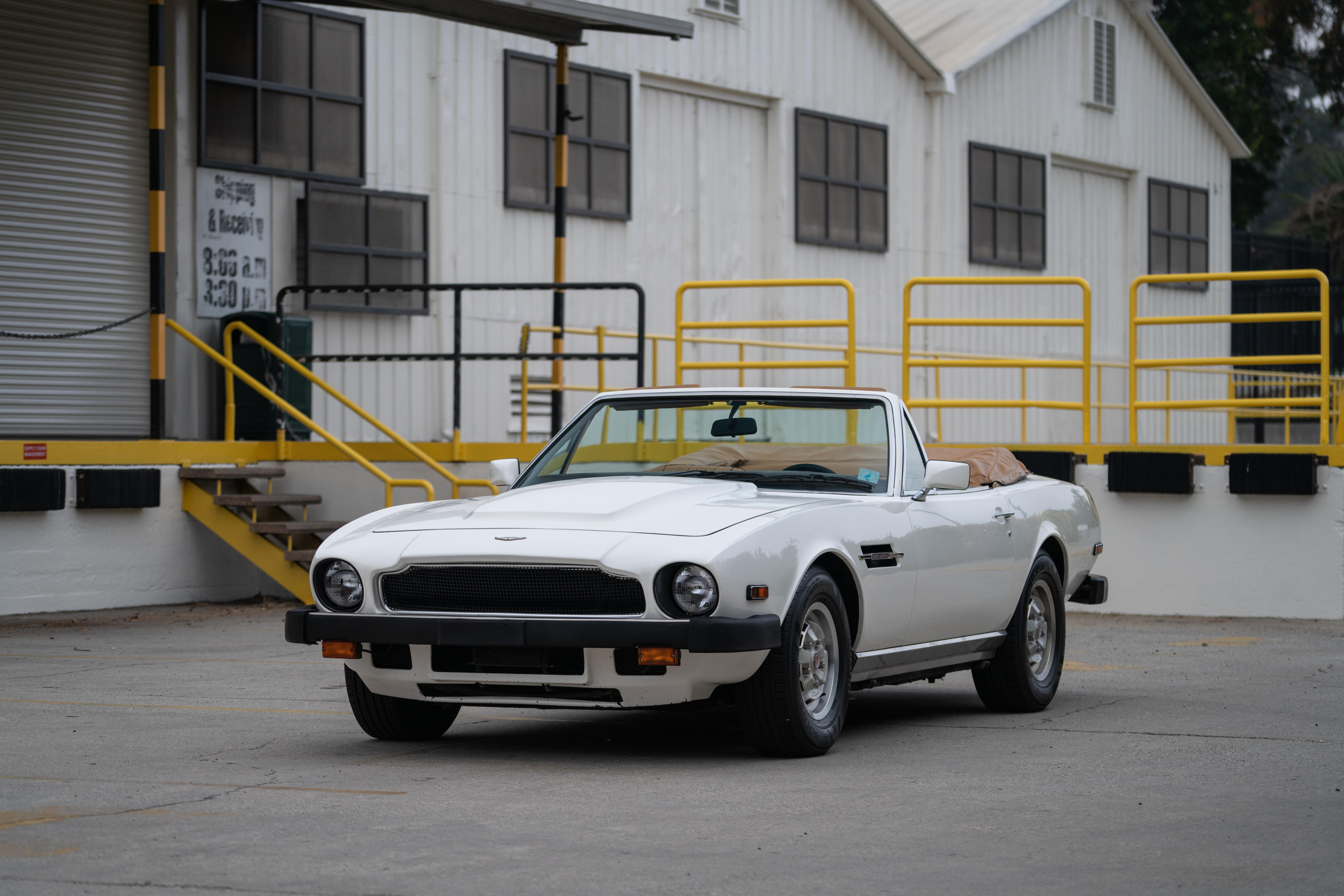

Testen Sie LotSearch und seine Premium-Features 7 Tage - ohne Kosten!
Lassen Sie sich automatisch über neue Objekte in kommenden Auktionen benachrichtigen.
Suchauftrag anlegen